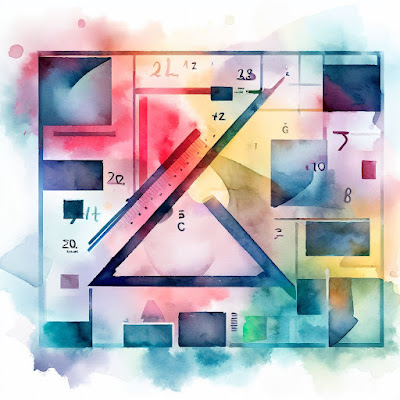UCEED, NID, NIFT PREPARATION CLASSES 2025
Embark on a transformative journey with *Creative Science’s* entrance preparation classes, where design education meets personalized guidance.
Experience hands-on learning tailored to your aspirations, honing skills that transcend traditional boundaries. Unlock your creative potential under the mentorship of a seasoned design educator, shaping a path towards success.
Join a vibrant community of aspiring designers, fostering collaboration and innovation in every session. Elevate your portfolio and mindset as you prepare to make your mark in the dynamic world of design. Connect on WhatsApp @ 9818541252
UCEED, NID, NIFT PREPARATION CLASSES 2025
UCEED, NID, NIFT PREPARATION CLASSES 2025
UCEED, NID, NIFT PREPARATION CLASSES 2025
UCEED, NID, NIFT PREPARATION CLASSES 2025
UCEED, NID, NIFT PREPARATION CLASSES 2025
























